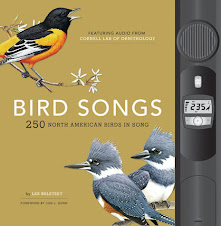We learned that they are very aggressive birds. They will steal eggs from other birds. They will destroy other birds' nests. They will attack birds to keep them away from their territory.
Red headed woodpeckers are the most omnivorous woodpeckers. Omnivorous means that they eat meat and plants. They will eat seeds, mice, bugs, baby birds, and bird eggs. They hide their food. They will often store grasshoppers ALIVE. They will put them in crevice, which is a small place, so small that they can't escape.
They like to live in dead or dying trees. They lay 4-7 eggs, and the eggs are white color. The female and the male both take turns sitting on them. After 14 days, they hatch. The chicks will leave the nest about 30 days after the eggs have hatched.
This is their call.






